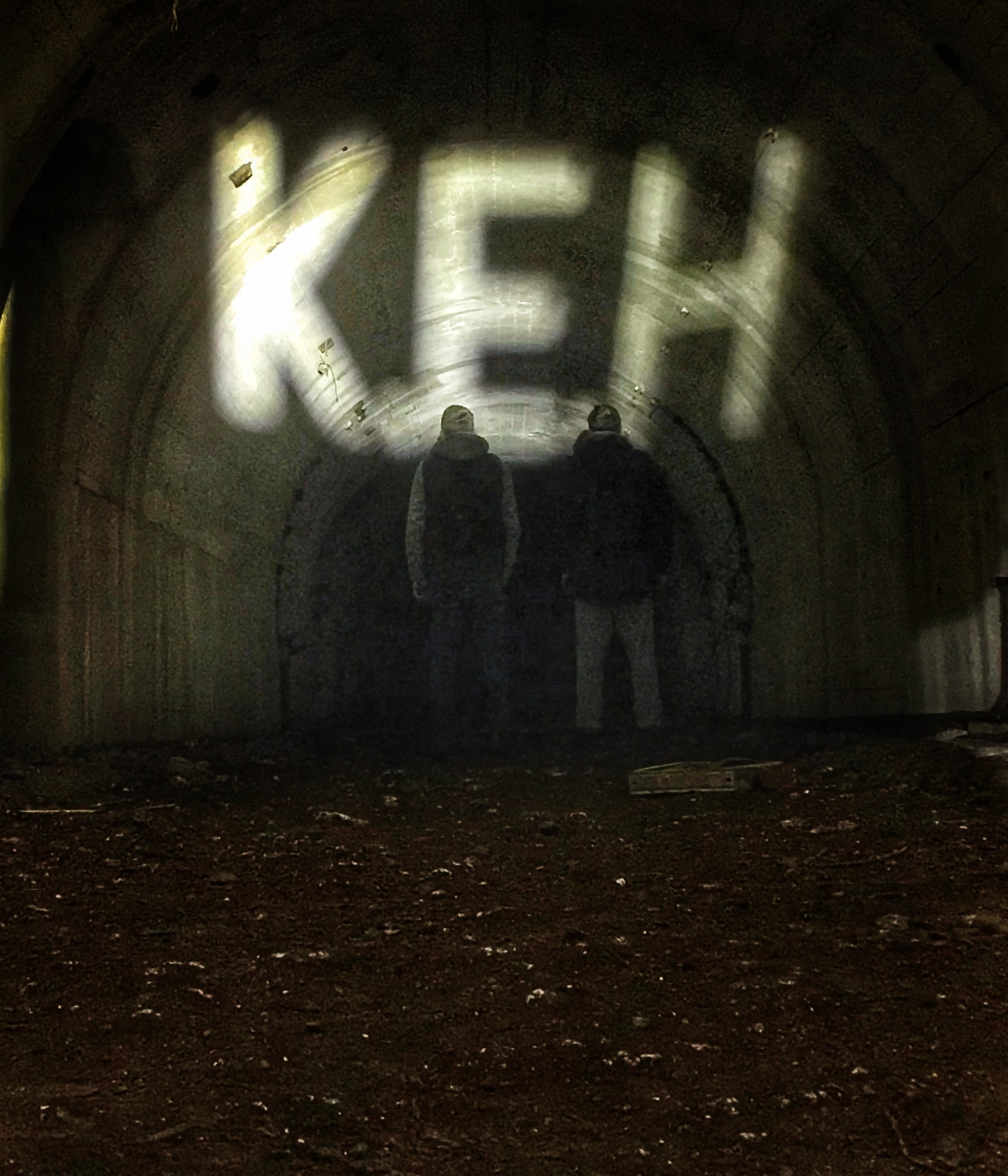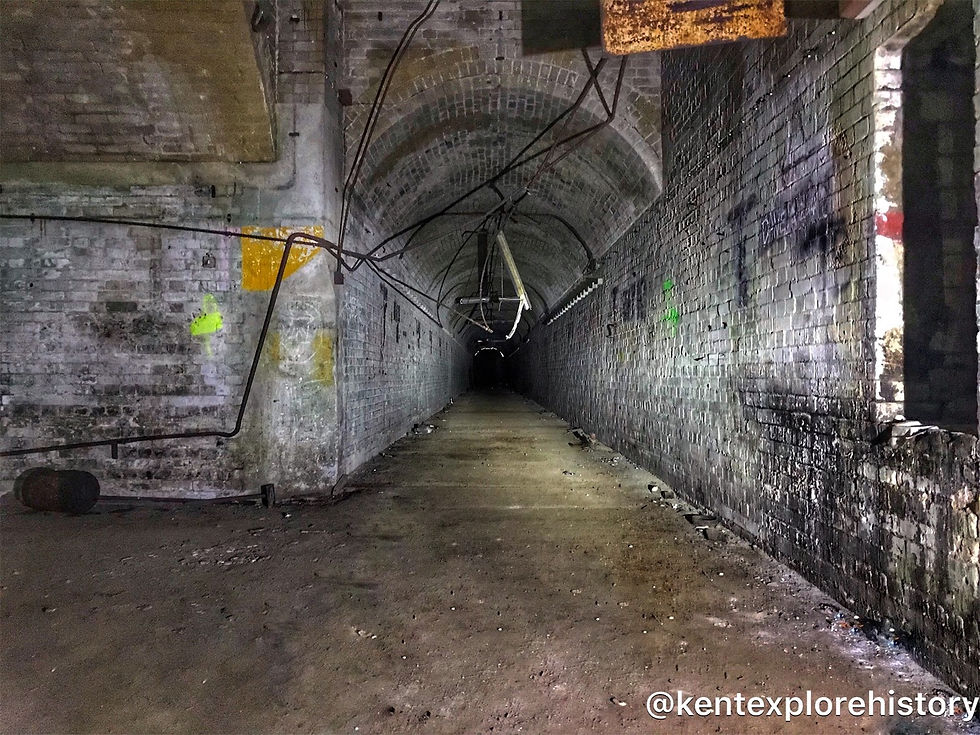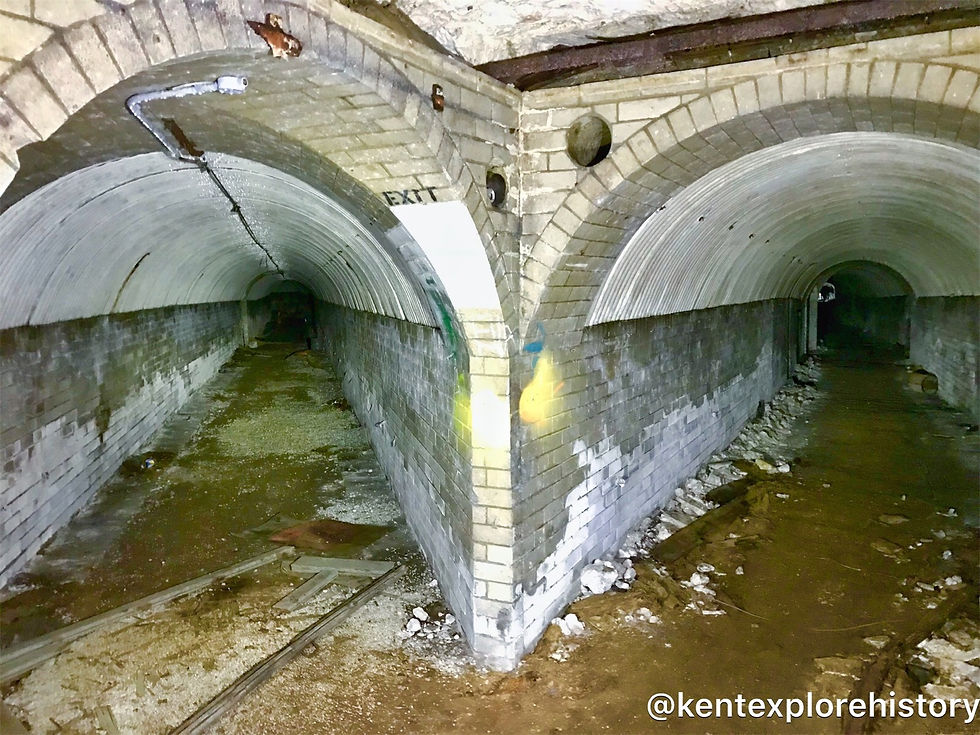Auschwitz
- kentexplorehistory

- Aug 30, 2019
- 2 min read
Built by Nazi Germany, Auschwitz was a complex consisting of over 40 concentration and extermination camps.
There were 3 main camps:
Auschwitz I: Stammlager, this was the main camp and administration headquarters.
Auschwitz II-Birkenau, a combined concentration and extermination camp.
Auschwitz III-Monowitz, this was a labour camp with prisoners being used to staff the IG Faben synthetic rubber factory.
Auschwitz I was originally a Polish Army Barracks, the Germans converted and expanded the barracks to hold Polish political prisoners. The first prisoners arrived at the Auschwitz I in May 1940 with the first gassing of prisoners taking place within Block 11 of Auschwitz I in September 1941.
Auschwitz II-Birkenau was created by the Nazis in response of the Nazis Final Solution to the Jewish Question. This was one of the largest concentration and extermination camps built by the Germans having 4 crematoria with gas chambers and by the end of the war between 1.1million to 1.5million people had been killed at the camp with the vast majority having been Jews.
Auschwitz III-Monowitz was the site of a IG Faben factory that made a synthetic rubber known as Buna-N. This rubber was essential to the Nazi war effort. Originally inmates would travel from Auschwitz I to the factory. Inmates were ordered to shave daily and sing while travelling so as to not upset German-Polish relations. Eventually due to difficulties in getting the workforce to and from Auschwitz I to the factory a camp was set up near to the factory.
Liberation of Auschwitz came on 27 January 1945 by soldiers of the Red Army. When the red army arrived they found 7500 prisoners alive with 700 of those being children and over 600 corpses. Auschwitz II-Birkenau was liberated at around 3.30pm with Auschwitz I following a few hours later. The soldiers also found 370,000 men’s suits, 837,000 women’s garments and 7.7 tonnes of human hair.
Today the camps of Auschwitz I and Auschwitz II-Birkenau are a museum to the memory of those who were executed and as a reminder of the atrocities that occurred during the war.
For more information please visit: http://auschwitz.org/en/


























































Comments